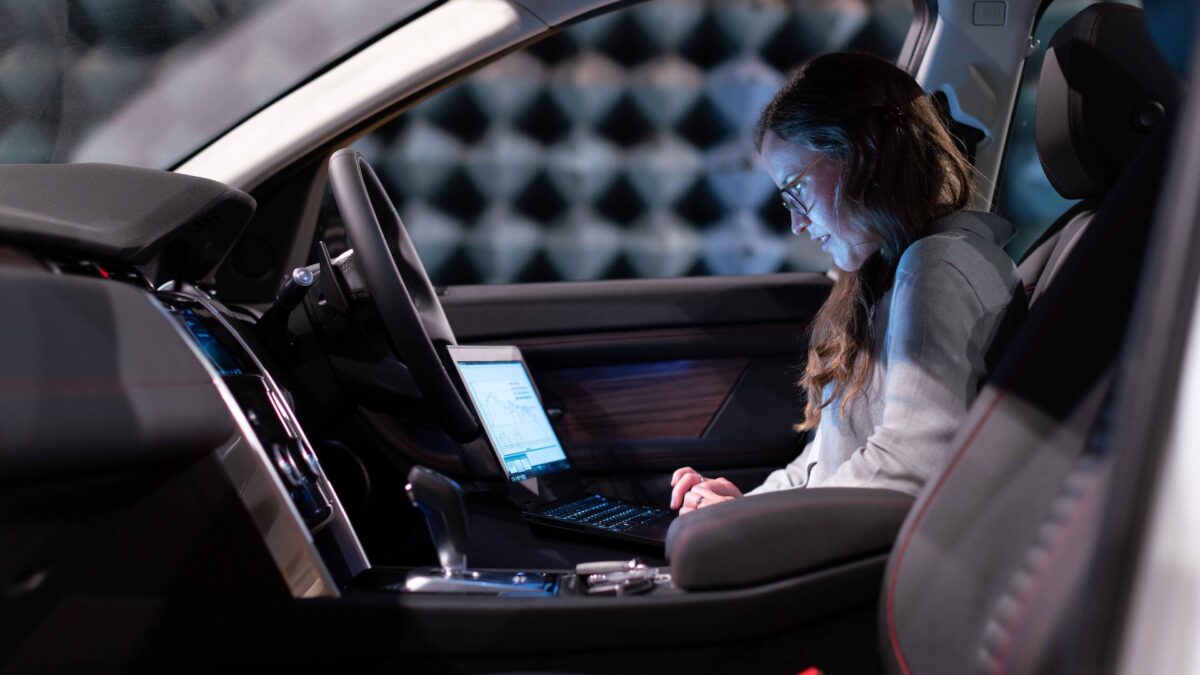
Parenting in the age of electronic devices is new and uncharted territory for many of us. Our teenaged daughters saved their money and paid for half the cost of their iPad Minis a few years ago. Because owning devices was new at the time, I was naïve about what could go wrong or what parameters I should set up.
After the fact it was very difficult to backtrack and take away electronic privileges. If I could do it again, I would set up the following standards and constraints from the very beginning.
1. Establish Dual Ownership
When our girls got their iPads, we didn’t really set up expectations of when we could access them or how we could monitor the way they used them. When we finally recognized that we needed access, the girls were very resistant and protective. We should have explained from the beginning that we have part ownership of the devices and that our supervision would continue until they are adults.
2. Have ‘Break’ Times
During the first few months that our girls had their iPads, we began to see that if they had spare time or were bored, they automatically went to their screens. We quickly realized that we needed to impose a break time to help them engage with the family more and find other ways to entertain themselves. We started taking their screens for an hour once a week, and we soon saw the benefits. The break helped them to understand the pull electronics have on them and let them see the real world for a while.
3. Sequester Screens When Guests Visit
I had an epiphany about this during our family reunion this summer. The girls were excited to see their cousins and aunts and uncles, but wanted their screens right next to them. If a conversation bored them, they would check their updates. I realized that if we all put our devices away while spending time with family or friends, we could avoid the temptation to check them.
One way to do this is to put everyone’s phones (including adults’!) into a basket. I want my girls to be in the habit of focusing on people instead of their electronics. One side note: I wouldn’t necessarily make this rule for when their friends come over—screens are a big part of friendships these days.
4. Think Through Each App
Just because a certain app comes on an iPad or phone doesn’t mean it has my approval. Many of the pre-loaded apps can be removed. I set up their iPads so I had an alert when they downloaded any new app. This means I can examine what apps the girls are using and approve. Different parents will have different ideas regarding which apps are appropriate, but it’s much easier to prohibit an app before teens start using it.
5. Pay Attention to Social Media
This one really took me by surprise. I learned it is essential that I know which accounts my girls follow, not only because of possibly inappropriate content, but also because of the frequency of posts from certain groups. For instance, my older daughter is interested in human rights, but some groups she followed post three to four times a day, overwhelming her with propaganda and sometimes disturbing images.
Another instance: I found out my daughter was following a popular fashion magazine on Instagram, seeing and learning some inappropriate things. I have very strong feelings about the dangers of fashion magazines (airbrushing, body image distortion, adult content, etc.) and the possible effects on my daughters. It dawned on me that through Instagram and similar social media, you can have access to any magazine, group, or product imaginable. I needed to be aware of which ones my daughter was subscribing to. I definitely control what print media comes in my home, but I was not controlling the digital media reaching my daughters.
6. Limit the Number of People or Groups They Follow
Reviewing my daughters’ apps also showed me that the more people (or groups) they follow, the longer it takes them to “keep up” with everyone. It takes a lot longer to go through your feed if you follow 100 accounts rather than 50. I limited how many they were allowed to follow, decreasing the time it would take them to stay up-to-date. This is much harder to do after the fact, asking them to give up some accounts they already like.
Over the years I have learned a lot about monitoring my children’s use of screens. If I had set up the necessary parameters early on, we could have avoided some frustrations and problems. Preemptive strategies like these are what deliberate motherhood is all about. Instead of letting the tides of social trends and technology control us, we can decide upfront if and how we will participate.









